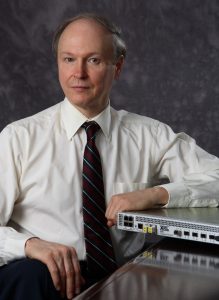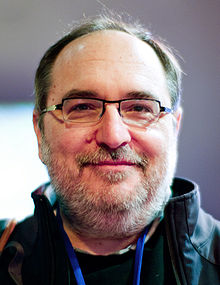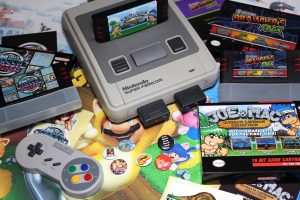Ben Silbermann : The Co-founder of World’s Largest Professional Community
A believer of persistence and continuous hard work, Ben Silbermann, is an American billionaire Internet entrepreneur and one of the three co-founders of Pinterest. Silbermann would have never thought that his childhood habit of collecting things, like bugs, postal stamps and baseball cards, will make him a billionaire one day. The photo sharing and pinning them onto a pinning board, on Pinterest, isn’t different from his old hobby of collecting things. And now, Pinterest has become one of the most used social media platforms that boast over 20 million users worldwide.
Early Life
Silbermann was born on 14 July 1982. He was a native of Des Moines, living with his parents Jane Wang and Neil Silbermann, both of whom were ophthalmologists. He did his schooling from Des Moines Central Academy and attended the Research Science Institute at MIT. When he was in school, he also went through a heart transplant surgery. In 2003, he received a graduate degree in political science from the Yale University.

Career
After graduating, Silbermann got a chance to work with Google, as a member of the online advertising group. At the time, he became more interested in programming and conceived an idea of a startup. He discussed the matter with his friend and the future co-founder of Pinterest, Paul Sciarra, and quit his job. Sciarra started teaching Silbermann the basic programming, and both started working on an iOS app, Tote. Tote was a fail, and the two started thinking of a new idea that could help them with their startup.
Founding Pinterest
The two thought of creating an app that could help the people for keeping the necessary records in the phone, and see the things they wanted to see. The idea was great for the people who wanted to avoid filling up of their email accounts, with unnecessary catalogues. But, the timing of the idea was not that good, as at the same time the financial crisis had occurred, and nobody was ready to invest in technology startups.
Ben and Paul had meetings with many of the capitalists, but everybody was happy investing their money in gold. At last, Silbermann found out about a competition happening in NYU, which had a huge cash prize for the winners. Though the two won the second prize with no money, they were able to meet a few investors., one of whom was convinced to fund the half of the round, only if they could get the other half of the round.
Finally, they managed to arrange the money and started working on their startup project. Silbermann had met his third partner Evan Sharp, through a common friend, when Sharp was studying at the NYU. Evan and Silbermann shared a common interest of collecting things and wanted to create something related to it for their themselves.
In the startup project, Evan also joined hands with Silbermann, and in 2009, they started developing Pinterest. In March 2010, they launched the site as a closed beta, soon followed by the launch of an invitation-only open beta. Just within nine months of its launch, Pinterest had 10000 users, and in March 2011, the company launched an iPhone app. Silbermann contacted 5000 of Pinterest users, through letters, and even met a few of them in person, to receive feedback from them. Until the summer of 2011, the three founders of the company were operating the company from a small apartment.
In late October 2013, the website was valued at $3.8 billion. By October 2016, it had 150 million monthly active users, and in June 2017, Pinterest raised $150 million of funding from its investors.
Personal Life
Silbermann lives in San Francisco, California, with his wife Divya Bhaskaran and two children. Forbes estimated his net worth at $1.6 billion as of 2018. He was listed 12 among America’s Richest Entrepreneurs Under 40 (2016) and also got featured with Mark Zuckerberg on Fortune’s 40 Under 40 (2014).

Yashica is a Software Engineer turned Content Writer, who loves to write on social causes and expertise in writing technical stuff. She loves to watch movies and explore new places. She believes that you need to live once before you die. So experimenting with her life and career choices, she is trying to live her life to the fullest.




